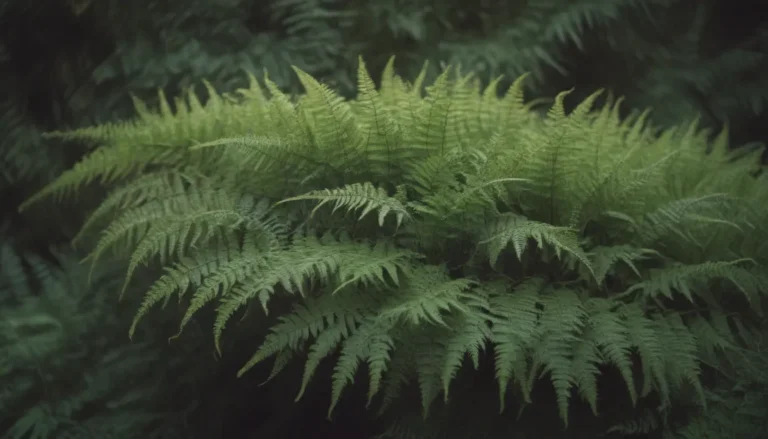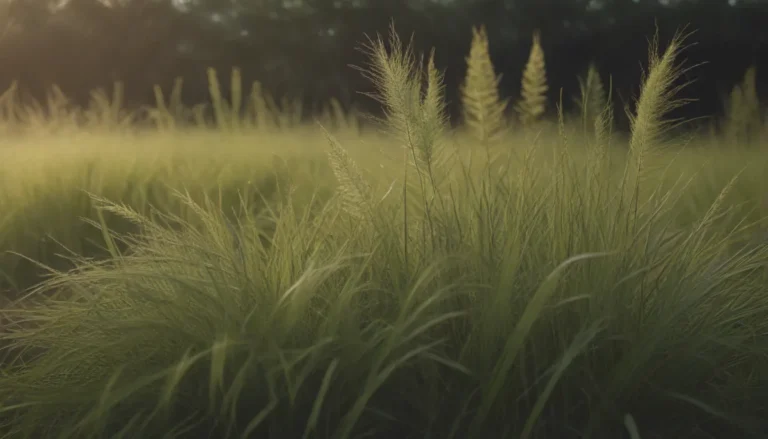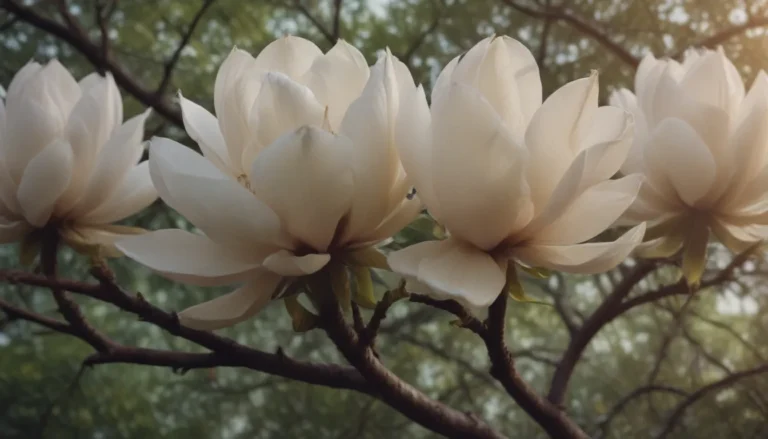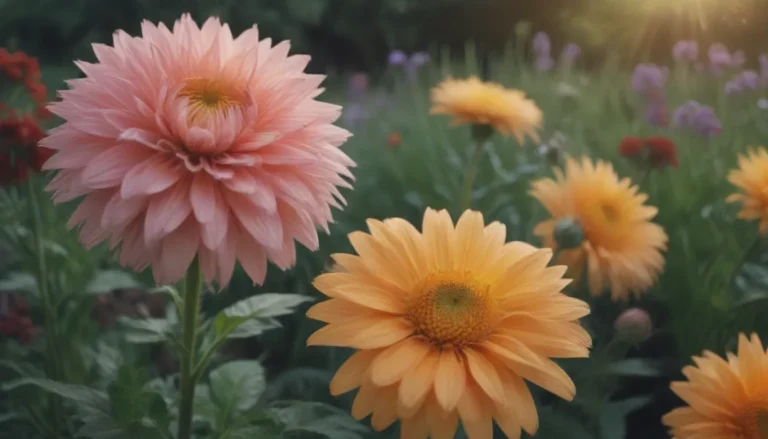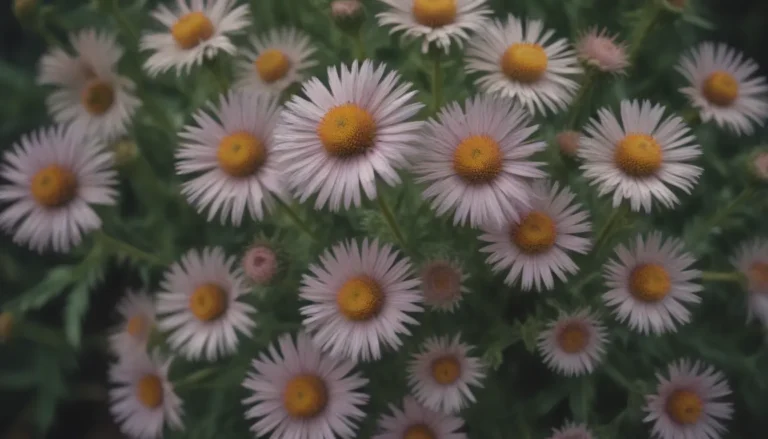In-Depth Guide on Harvesting Rhubarb for Optimal Flavor and Growth
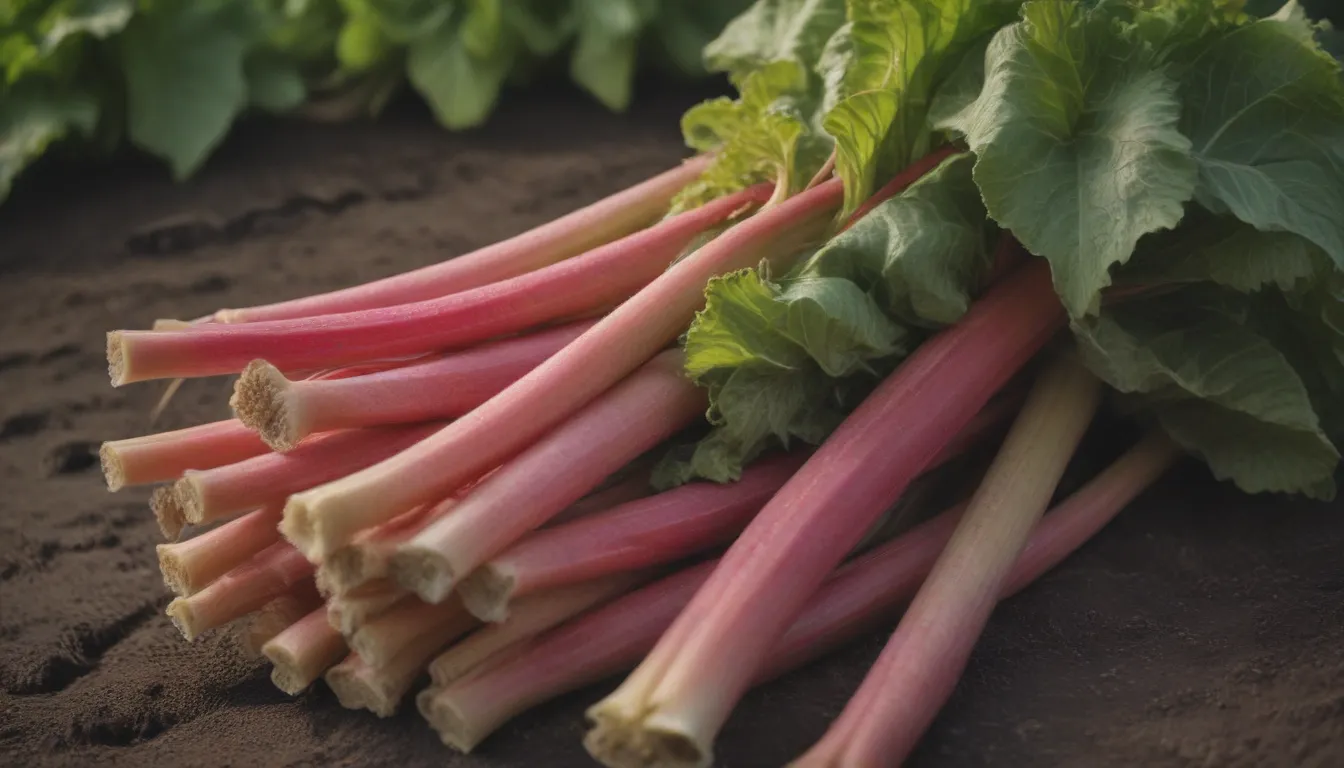
Rhubarb is a delightful addition to any garden, known for its unique tart and tangy flavor that adds a burst of freshness to a variety of dishes. When it comes to harvesting this versatile plant, timing is key to ensure the best taste and continued growth for future harvests. In this comprehensive guide, we’ll explore the ins and outs of harvesting rhubarb at the right time for sweet flavor and optimal plant health.
Understanding Rhubarb Harvesting
Rhubarb is a cool-season, hardy perennial that thrives in cooler climates. Its leaf stalks typically emerge in early spring, making it a popular choice for a spring crop. The ideal time to harvest rhubarb is when the leaf stalks are young and tender, usually between 7 to 14 inches long. This stage is when the rhubarb is most flavorful, with a perfect balance of tartness and sweetness.
Top Rhubarb Harvesting Tips:
- Harvest rhubarb when the stalks are young and tender, about 7 to 14 inches long
- Avoid using a knife to cut the stalks to prevent diseases
- Trim the leaves from the stalks immediately after harvesting to maintain freshness
When to Harvest Rhubarb
The harvest season for rhubarb typically ranges from May to July, depending on your growing zone. In warmer climates, harvesting can begin as early as mid-March, while cooler regions may extend the season until the end of June. Keep an eye on the color of the leaf stalks, as the deeper the red hue, the more flavorful the rhubarb will be. Pay attention to the following indicators for optimal harvesting time:
- Young and tender leaf stalks (7 to 14 inches long)
- Vibrant pink or red color
- Unique tart and tangy flavor
By harvesting rhubarb at the right time, you can enjoy the best taste and quality from your plants.
How to Harvest Rhubarb
When it’s time to harvest rhubarb, follow these steps to ensure a bountiful harvest without damaging the plant:
-
Avoid Using a Knife: Instead of cutting the stalks with a knife, gently grasp each leafstalk near the base and pull it slightly to one side. Cutting with a knife can create entry points for diseases, leading to crown rot in the plant.
-
Trim the Leaves: As soon as the leaf stalks are harvested, trim the leaves from the stalks to prevent wilting and maintain freshness.
-
Store Properly: If you’re not using the harvested rhubarb immediately, store the stalks in the refrigerator, unwashed, and wrapped tightly in plastic for up to three weeks. You can also consider canning or freezing rhubarb for future use in recipes.
By following these harvesting techniques, you can enjoy a continuous supply of fresh rhubarb throughout the growing season.
How to Know When Rhubarb Is Done Producing
As the weather warms up, you may notice a slowdown in the production of new growth from your rhubarb plant. This is a sign that the plant is reaching the end of its harvest season. To ensure the health and vigor of the plant for next year’s harvest, pay attention to the following indicators:
- Stop harvesting leaf stalks when the plant slows down or stops producing new growth
- Allow the plant to retain all remaining stalks and leaves to build energy reserves
- Remove any bolted or flowered stalks to maintain the plant’s energy for future growth
By properly managing your rhubarb plant throughout the growing season, you can maximize its productivity and ensure a plentiful harvest for years to come.
Conclusion
Harvesting rhubarb at the right time is essential for enjoying the best flavor and maintaining the health of your plants. By following these guidelines and tips, you can ensure a bountiful harvest of fresh, flavorful rhubarb throughout the growing season. Remember to pay attention to the signs of readiness, avoid using a knife for harvesting, and store the rhubarb properly to prolong its freshness. With a little care and attention, you can enjoy the sweet and tangy taste of rhubarb in your favorite dishes all season long.
Sign up for our free gardening newsletter to receive more tips and tricks on growing and harvesting a variety of plants in your garden. Happy gardening!
Reference: Rhubarb: Harvest and Storage. South Dakota State University Extension.

